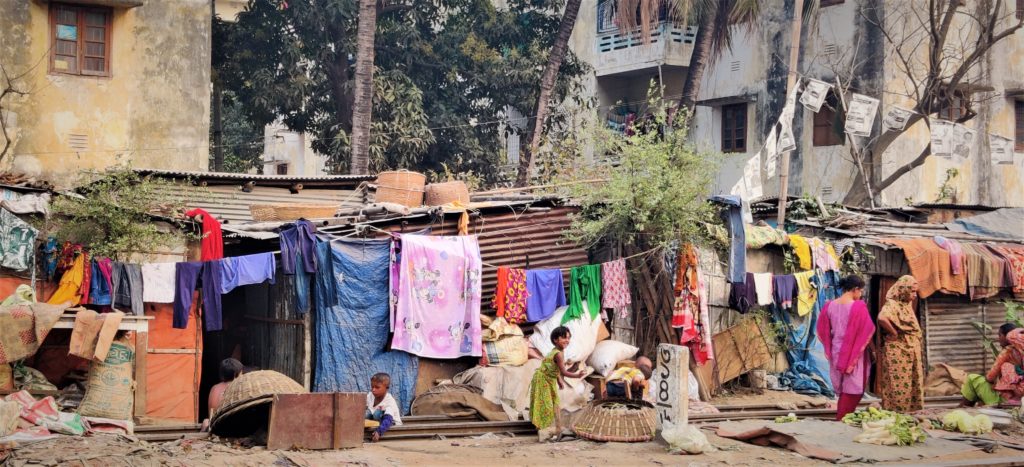The share of the world’s population living in urban areas has been predicted to increase from 55% in 2018 to 60% in 2030 (UN, 2018). Every year people move to the urban areas from villages for various reasons. If we try to see this urban-rural migration under the push-pull model, push factors from rural end Read More
Tag: slums
Unraveling links among climate change, poverty and health in slums of Dhaka
It is well known to the environmentalists that Bangladesh is currently considered the 7th most vulnerable country to the adverse effects of ongoing climate change. What we do not know, however, is the adverse effects that are already in place and how much it is tangled with rural-urban migration, rehabilitation, gender, human rights, and health Read More


